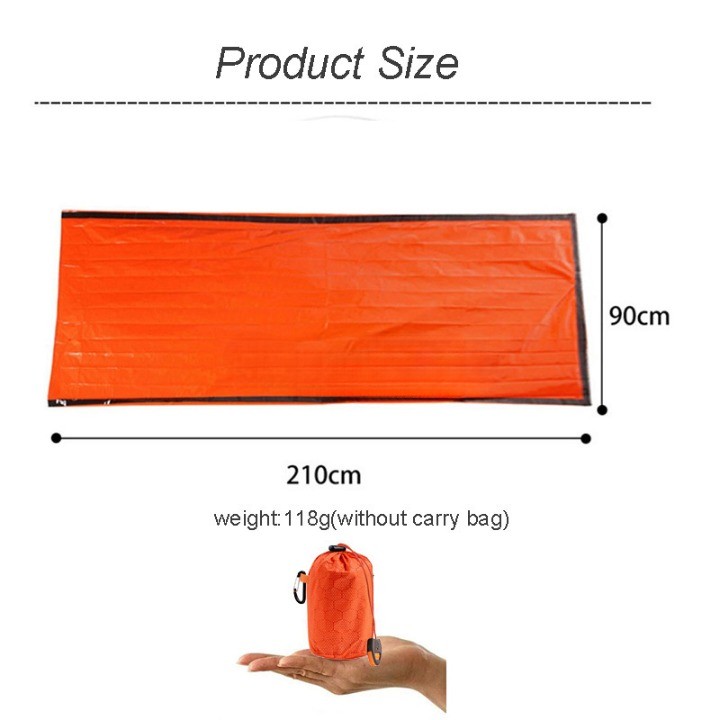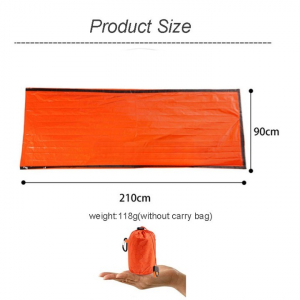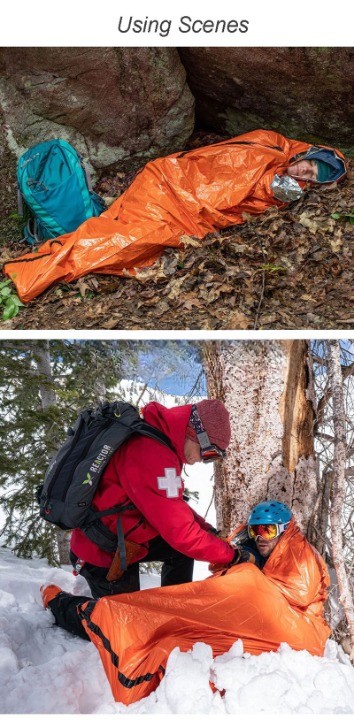News Center+ 查看更多
News Center
+ 查看更多
Material Matters: Durability and Insulation Comparison of Camouflage Emergency Sleeping Bags+ 查看更多
Material Matters: Durability and Insulation Comparison of Camouflage Emergency Sleeping Bags
+ 查看更多
Date:2023-08-24
Introduction:
When embarking on a survival hiking trip, having the right gear is essential, and a reliable camouflage emergency sleeping bag is no exception. In this article, we will extensively compare different materials used in camouflage emergency sleeping bags, focusing on their durability and insulation properties. By considering these factors, survival hikers can make an informed decision when selecting a sleeping bag that meets their specific needs.Exploring Durability:
Durability is of utmost importance for survival hikers who depend on their equipment to withstand challenging conditions. Let's examine two commonly used materials known for their durability:- Ripstop Nylon: Renowned for its exceptional strength, ripstop nylon is designed to resist tears and punctures. Its reinforced grid pattern prevents small rips from spreading, enhancing the longevity of the sleeping bag even when subjected to rough terrains.
- Polyester Taffeta: Offering good durability, polyester taffeta is lightweight and able to endure moderate wear and tear. It provides reliable protection without compromising performance, making it suitable for survival hiking trips.
- Synthetic Insulation: Advancements in technology have made synthetic insulation a preferred choice. Materials such as hollow fibers or polyester-based fillings provide excellent warmth even when damp. Synthetic insulation also offers quick-drying properties, making it ideal for unpredictable weather conditions experienced during survival hikes.
- Down Insulation: Known for its superior warmth-to-weight ratio, down insulation utilizes natural feathers to trap body heat effectively. While down provides exceptional insulation, it may lose its effectiveness when exposed to moisture. However, hydrophobic treatments have improved water resistance, addressing this concern for survival hikers.
- Weight and Packability: Survival hikers often carry their gear for extended periods. Therefore, a lightweight and compact sleeping bag is crucial to minimize the overall weight. Materials like ripstop nylon and synthetic insulation contribute to a lighter load without compromising durability or insulation capabilities.
- Temperature Ratings: Survival hiking trips may involve varying climates and temperature fluctuations. Understanding the temperature ratings of sleeping bags will help survival hikers select the appropriate bag for their specific needs, ensuring optimal comfort and safety during the trip.
- Additional Features: Some camouflage emergency sleeping bags designed for survival hikers include features such as integrated hoods, draft collars, or stash pockets. Evaluating these additional elements can enhance comfort, convenience, and functionality in challenging wilderness environments.
-



